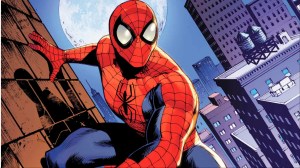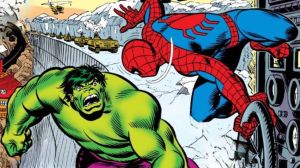American Horror Story has redefined television horror through its bold anthology format and unforgettable performances over twelve seasons. Created by Ryan Murphy and Brad Falchuk, the series has taken viewers through haunted houses, asylums, witch covens, and other terrifying scenarios, crafting unique stories that occasionally interconnect in surprising ways. Furthermore, with its ever-rotating team of exceptional talent tackling new characters each season, AHS has built a legacy of memorable moments that continue to haunt viewers. The series’ ability to reinvent itself while maintaining a consistent quality has earned it numerous accolades, particularly for its stellar ensemble cast, including Jessica Lange, who won two Emmys, a Golden Globe, and a Screen Actors Guild Award for her transformative performances across multiple seasons.
Videos by ComicBook.com
Each season of American Horror Story is so unique that it’s hard to compare episodes from different settings. Still, some episodes are better than others in showcasing how the series pushes boundaries while delivering genuinely frightening and emotionally resonant stories. These seven episodes represent American Horror Story at its most compelling, ranked in order of their effectiveness.
7) “The Name Game” (Asylum, Episode 10)
In this standout hour of American Horror Story‘s grim second season, Sister Jude (Jessica Lange) delivers one of the series’ most memorable moments through a surreal musical performance of “The Name Game” following electroshock therapy. The scene provides a jarring yet captivating break from the darkness, highlighting Lange’s incredible range while underscoring her character’s deteriorating mental state. Beyond this iconic sequence, the episode balances horror and pathos as Sister Mary Eunice (Lily Rabe) reaches her tragic conclusion when Monsignor Howard (Joseph Fiennes) finally defeats the devil possessing her. Finally, Dr. Arden (James Cromwell) faces his own crisis of faith after witnessing aliens interact with Kit (Evan Peters), while Lana (Sarah Paulson) continues her harrowing fight for survival. The episode perfectly encapsulates Asylum‘s complex exploration of sanity, religion, and redemption through its overlapping of supernatural horror and grounded human drama.
6) “Bitchcraft” (Coven, Episode 1)
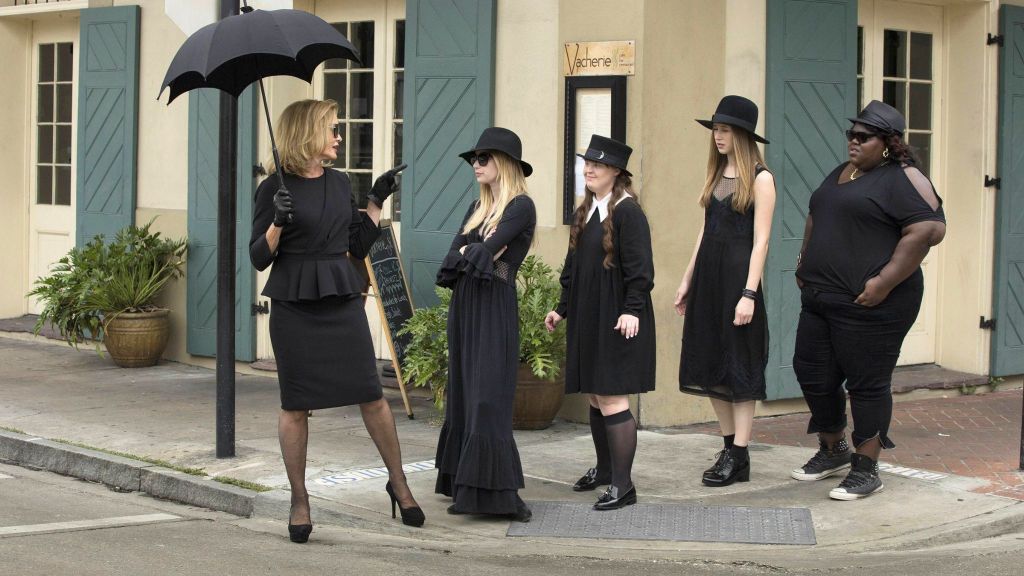
The electrifying premiere of Coven immediately establishes the season’s unique tone as young witch Zoe Benson (Taissa Farmiga) discovers her deadly power and arrives at Miss Robichaux’s Academy. There, she meets a fascinating cast of characters, including the telekinetic movie star Madison Montgomery (Emma Roberts), human voodoo doll Queenie (Gabourey Sidibe), and clairvoyant Nan (Jamie Brewer), all under the watchful eye of Headmistress Cordelia Foxx (Sarah Paulson). The episode truly ignites with the arrival of Supreme witch Fiona Goode (Jessica Lange), whose desperate quest for eternal youth leads her to unearth the still-living Madame Delphine LaLaurie (Kathy Bates), a notorious 19th-century socialite with a horrific history. Through its stylish direction and sharp dialogue, “Bitchcraft” perfectly sets up the season’s exploration of power, legacy, and the price of immortality.
[RELATED: 10 of the Best Anthology Horror TV Series]
5) “Smoldering Children” (Murder House, Episode 10)
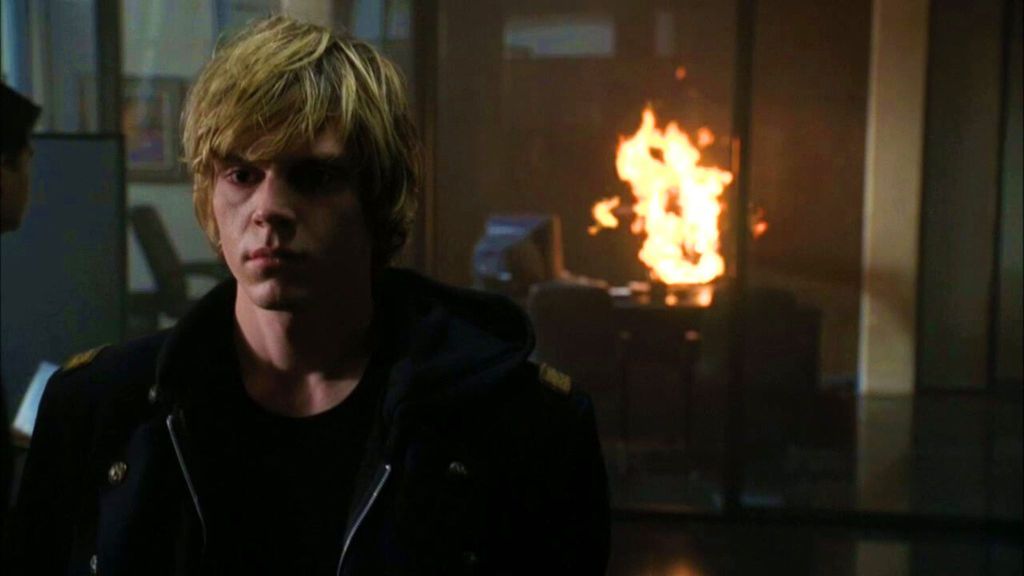
This devastating episode delivers one of the series’ most shocking revelations as Violet (Taissa Farmiga) finally discovers the terrible truth: she has been dead for days, with Tate (Evan Peters) hiding her decomposing body in the basement. The discovery forces both the character and the audience to reevaluate everything that came before, while flashbacks illuminate Tate’s troubled relationship with his mother Constance (Jessica Lange) and the disfigured Larry (Denis O’Hare). As Ben (Dylan McDermott) and Vivien (Connie Britton) struggle to grasp the house’s true nature, the episode weaves together personal tragedy and supernatural horror in a way that exemplifies why Murder House captivated audiences from the start. The hour’s careful mixes of emotional devastation and gothic horror created a perfect storm that defined the series’ trajectory.
4) “Return to Murder House” (Apocalypse, Episode 6)

Joining fan service and compelling storytelling, witches Madison Montgomery (Emma Roberts) and Behold Chablis (Billy Porter) venture into the infamous Murder House to investigate Michael Langdon’s (Cody Fern) origins. Their encounters with the house’s ghostly residents, including Constance Langdon (Jessica Lange), Ben Harmon (Dylan McDermott), and Vivien Harmon (Connie Britton), reveal the terrifying truth about the Antichrist’s early years. Beyond providing answers, the episode offers emotional closure to long-standing character arcs, mainly through the poignant reconciliation of Tate (Evan Peters) and Violet (Taissa Farmiga). The hour proves that revisiting past seasons can enhance rather than diminish their impact when handled with care and respect for the original material.
3) “Orphans” (Freak Show, Episode 10)
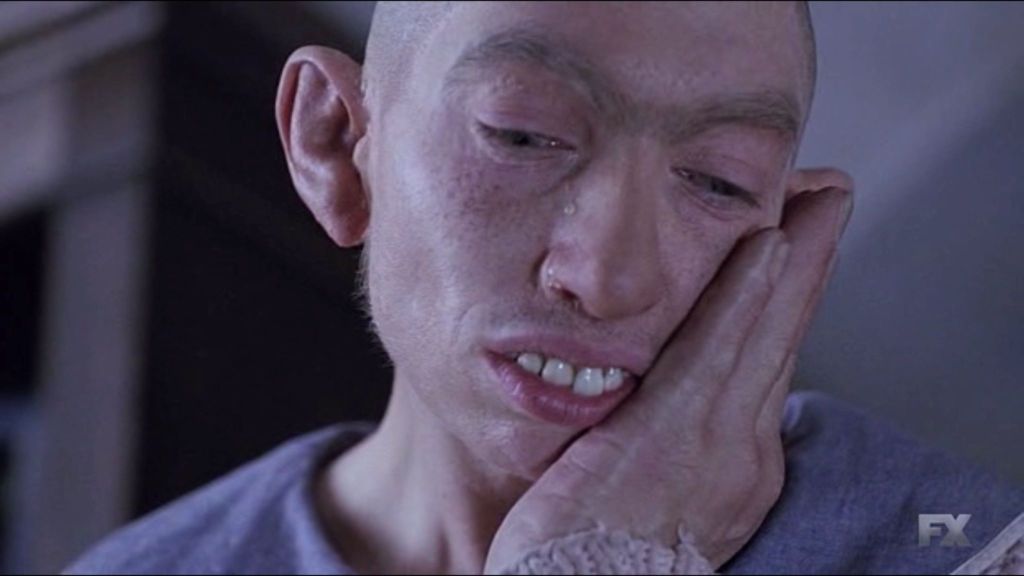
In perhaps the series’ most emotionally resonant hour, this episode explores Pepper’s (Naomi Grossman) heartbreaking journey from a beloved member of Elsa Mars‘ (Jessica Lange) freak show family to an Asylum patient. After losing her husband, Salty (Christopher Neiman), Pepper faces cruel betrayal when her sister Rita (Mare Winningham) frames her for a horrific crime, leading to her institutionalization at Briarcliff. The story reaches its bittersweet conclusion as Pepper finds some solace working with a young Sister Mary Eunice (Lily Rabe), creating a touching bridge between seasons that showcases AHS‘s ability to find profound humanity within its horror. Through exceptional performances and careful attention to continuity, the episode strengthens the connections between seasons while delivering a powerful meditation on family, belonging, and society’s treatment of those deemed “different.”
2) “Could It Be… Satan?” (Apocalypse, Episode 4)
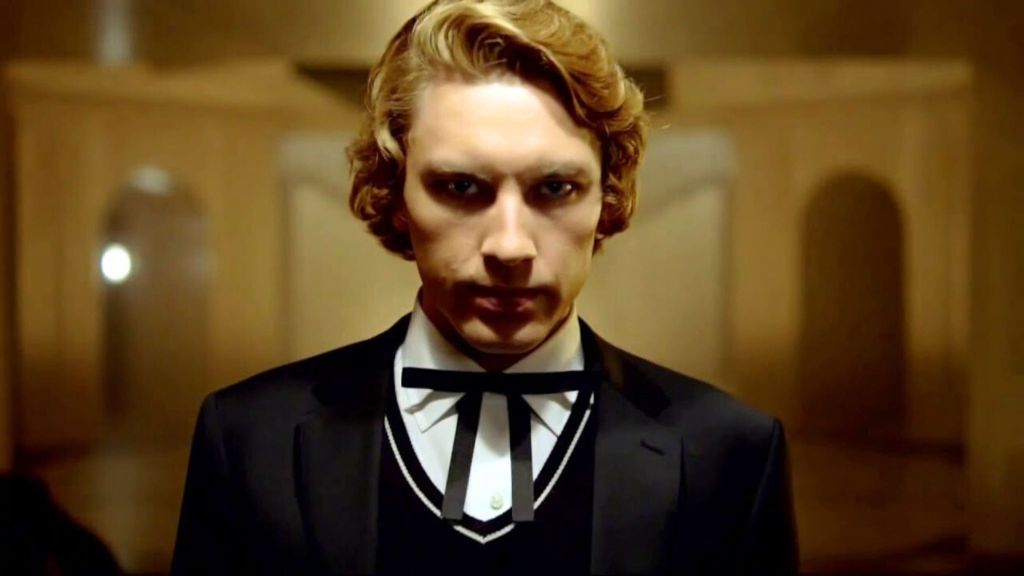
This pivotal episode delves deep into Michael Langdon’s (Cody Fern) mysterious rise within the magical world as the warlocks of Hawthorne School challenge Cordelia Goode’s (Sarah Paulson) supremacy. Michael demonstrates his unprecedented power by achieving what was thought impossible, rescuing Queenie (Gabourey Sidibe) from the Hotel Cortez and Madison Montgomery (Emma Roberts) from her personal retail hell. His extraordinary abilities force Cordelia to confront a terrifying possibility: the prophecied Alpha, who could overshadow all Supreme witches, has arrived. Through its skillful integration of elements from multiple seasons and its examination of power dynamics, the episode builds tension while expanding the show’s mythology in meaningful ways.
1) “Madness Ends” (Asylum, Episode 13)
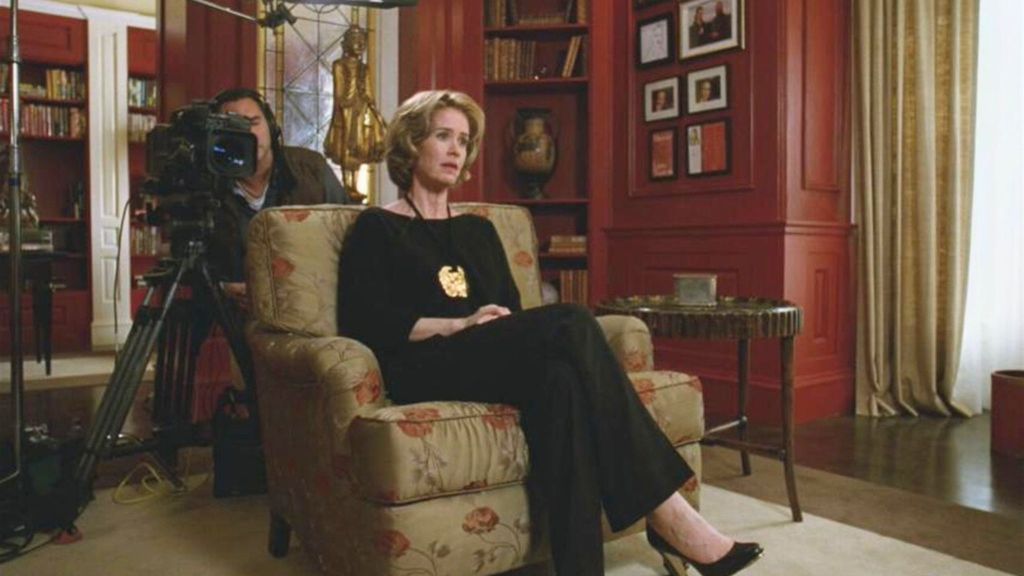
The finale of Asylum stands as American Horror Story‘s finest hour, weaving together multiple timelines to create a powerful meditation on survival and redemption. Through Lana Winters’ (Sarah Paulson) evolution from ambitious journalist to successful survivor, the episode provides a masterclass in long-form storytelling. Kit (Evan Peters) offers Sister Jude (Jessica Lange) a chance at peace before her death, while Lana must confront her son Johnny (Dylan McDermott), born from her assault by Oliver Thredson (Zachary Quinto). The episode’s blend of horror and humanity, combined with its thoughtful exploration of trauma and healing, creates an emotionally satisfying conclusion that honors every character’s journey. It represents everything that makes American Horror Story exceptional — unforgettable performances, complex storytelling, and the ability to find light even in the darkest places.




